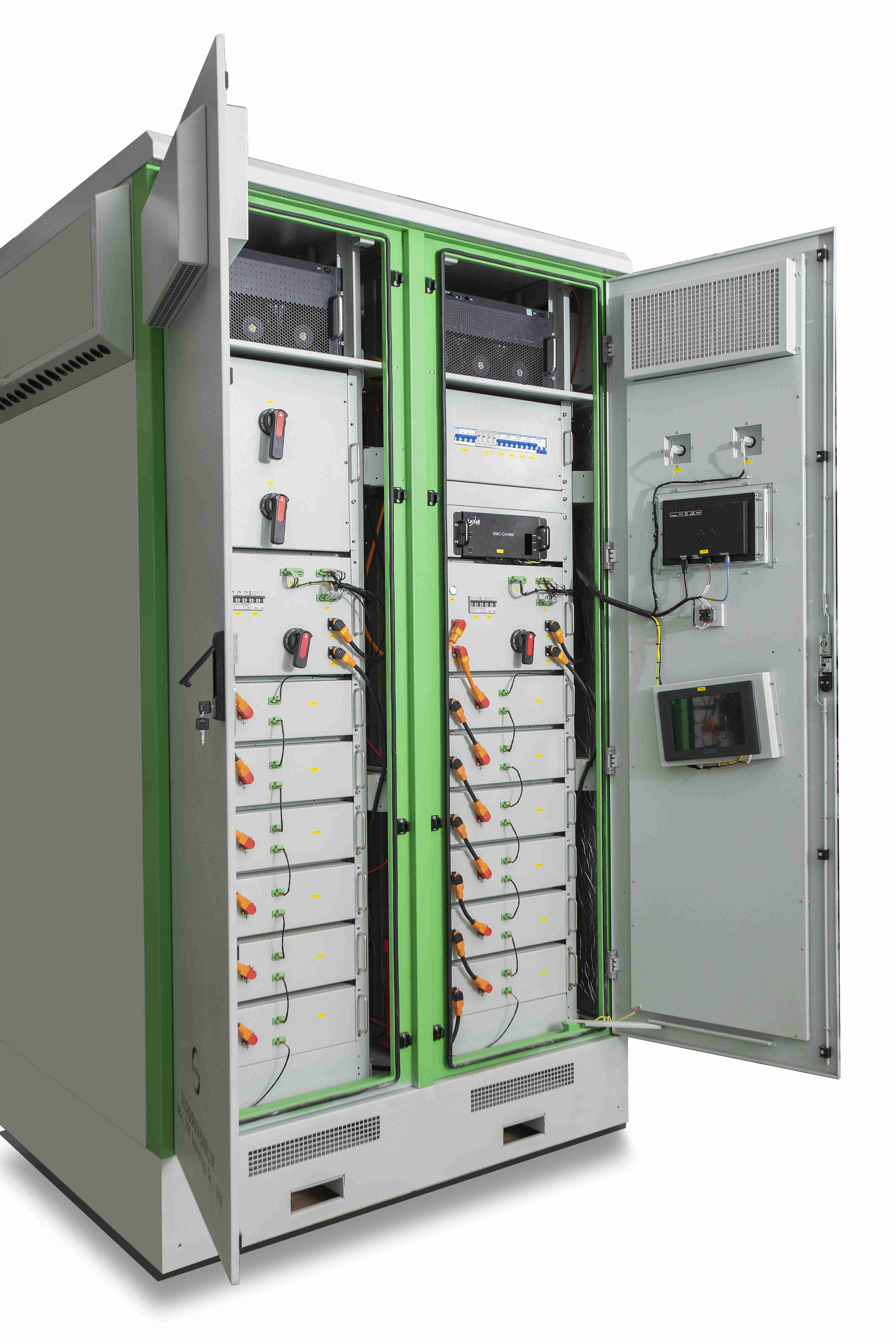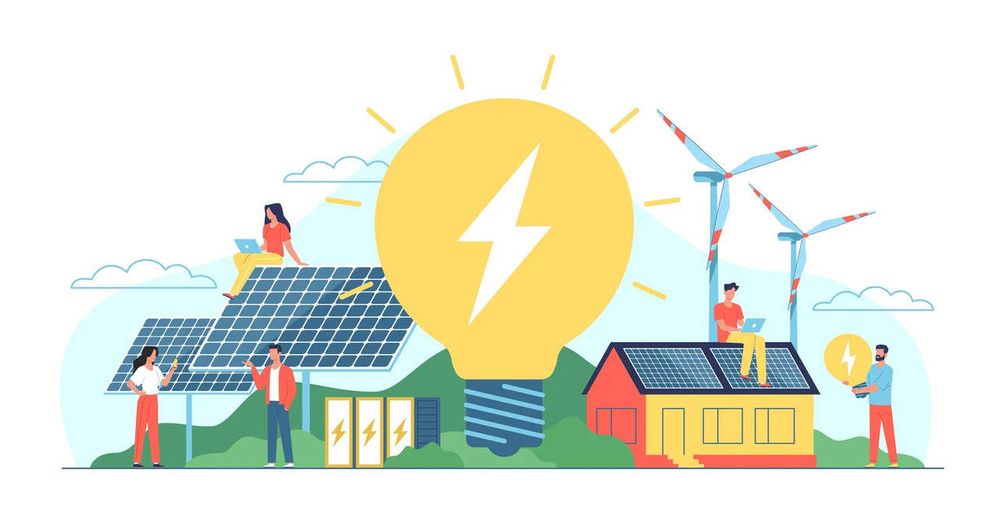
Juli . 06, 2025 05:32 Back to list
Top Household Energy Storage Systems for Home Efficiency Leading Company & Exporters
- Introduction to household energy storage systems
and market overview - Technological advancements and unique advantages
- Comprehensive comparison of top household energy storage systems companies
- Customized solutions and integration possibilities
- Real-world application scenarios and case studies
- Considerations for choosing suitable household energy storage systems
- Conclusion: The future of household energy storage systems

(household energy storage systems)
Understanding the Evolving Market for Household Energy Storage Systems
In recent years, household energy storage systems have emerged as crucial components in the residential energy landscape. Driven by soaring global energy demand and ever-increasing concerns regarding sustainability, these systems allow homeowners to store surplus energy from renewable sources, such as solar PV, and utilize it during peak hours or blackouts. Market data suggests that the global market for household energy storage exceeded USD 6.4 billion in 2023, and it’s projected to grow at a CAGR of over 22% through 2030. The significant uptake is fueled by rising electricity costs, governmental incentives for storage adoption, and advancements in battery chemistry. Notably, Europe and Asia-Pacific lead in installations, with Germany, Australia, and China each surpassing 500,000 units deployed by the end of 2023. Homeowners are increasingly considering household energy storage systems companies that offer reliability, scalability, and integration flexibility.
Technological Breakthroughs and Distinct Advantages
The steady evolution of battery technology underpins much of the progress in household energy storage systems products. Recent advancements in lithium iron phosphate (LiFePO4) and solid-state batteries have reduced costs significantly—by nearly 35% since 2017—while improving energy density and safety. Modern energy storage units now boast round-trip efficiencies above 92%, ensuring minimal energy loss. Intelligent management systems employ AI-driven software that automatically predicts and shifts loads to optimize energy savings without requiring manual intervention. Another significant breakthrough stems from modular architecture, which enables seamless capacity expansion as household energy needs evolve. For example, by late 2023, systems capable of 10 kWh daily cycling with lifespans exceeding 6,000 cycles became standard among leading manufacturers. Additionally, advanced thermal management and fire-suppression mechanisms enhance operational safety, making these solutions both practical and secure for residential environments.
Comparative Review: Leading Household Energy Storage Systems Companies
Choosing the right provider is critical, as technological prowess and performance vary considerably among household energy storage systems exporters. Below is a detailed comparison of three top-tier companies, examining essential metrics such as storage capacity, cycle life, warranty, inverter compatibility, and after-sales support.
| Company | Battery Type | Storage Capacity (kWh) | Cycle Life | Efficiency (%) | Warranty | Inverter Compatibility | After-sales Support |
|---|---|---|---|---|---|---|---|
| PowerGrid Solutions | LiFePO4 | 5–20 | 6,500 | 93 | 10 years | Hybrid, AC/DC | 24/7 Global Hotlines |
| EcoBat Home | Solid-state | 7–21 | 8,000 | 94 | 12 years | AC Only | Onsite Support in 18 Countries |
| SunVault Pro | Lithium-ion | 9–14 | 5,500 | 91 | 8 years | Hybrid, Smart Grid | Online, Regional Partners |
These household energy storage systems products vary not just in capacity and longevity, but also in service reach and adaptability. For example, EcoBat Home’s solid-state technology offers superior cycle life with an extended warranty. PowerGrid Solutions is noted for broad inverter compatibility and round-the-clock support. End-users should prioritize solutions matching both their energy consumption profiles and long-term reliability expectations.
Bespoke Solutions: Tailoring Household Energy Storage Systems to Consumer Needs
To effectively match the diverse needs of households, many household energy storage systems company players now offer customizable configurations. Modular stacking allows for incremental capacity increases, so customers can start small and expand as their solar or energy demands grow. Integrated energy management platforms enable system tailoring based on household consumption habits, local rate structures, and renewable generation patterns. For example, homeowners in regions with time-of-use tariffs can schedule storage discharge to coincide with high-rate hours, maximizing cost savings. Sophisticated energy audits, conducted by leading household energy storage systems exporters, evaluate electrical infrastructure and solar potential prior to installation, ensuring seamless integration. Whether backup power, peak load shaving, or full off-grid autonomy is required, customizable programming ensures that each system operates optimally within the unique constraints and objectives of the dwelling.
Practical Applications and Case Studies
Real-world deployment highlights the transformative potential of household energy storage systems products. Consider a residential community in Australia, where over 60% of homes with storage systems reported annual energy bill reductions exceeding USD 1,100 post-installation. In California, a solar-plus-storage retrofit across 2,000 suburban homes effectively flattened peak demand by 30%, enhancing grid stability during critical summer months. Analysis by the German Energy Storage Association (BVES) found that integrating advanced storage with residential solar led to self-sufficiency rates exceeding 75% among participants. Additionally, backup power applications have proven invaluable: in South Korea’s typhoon-prone regions, grid outages previously lasting several hours can now be bridged seamlessly, with household energy storage systems ensuring continuous operation for life-support devices and refrigeration. These case studies demonstrate measurable financial, environmental, and resilience benefits, catalyzing broader adoption worldwide.
Key Considerations When Selecting Household Energy Storage Systems
When evaluating which household energy storage systems products are right for their needs, homeowners should consider several essential criteria. Battery chemistry determines both performance and safety; LiFePO4 typically offers the best mix of stability and lifespan. Compatibility with existing solar or grid-tied systems is crucial for seamless operation. The cycle life and usable capacity should align with projected daily energy consumption—ideally, a minimum of 10 kWh capacity and 6,000 cycles for long-term reliability. Users should also examine warranty coverage, including depth of service support, as well as integration capabilities with smart home platforms and emergency management systems. Reputable household energy storage systems exporters will provide transparent lifecycle assessments, recycling program details, and round-the-clock support. Local regulatory compliance and eligibility for incentives or grid services should also be assessed, as these can greatly influence the overall value proposition.
The Future Outlook for Household Energy Storage Systems
The momentum behind household energy storage systems continues to accelerate. As grid volatility, renewable energy adoption, and consumer empowerment trends intensify, the performance and accessibility of storage technologies are only set to improve. Industry analysts expect global deployment to surpass 27 GWh of cumulative residential storage by 2026. Advances in solid-state and hybrid battery formulations promise even higher efficiencies and safer chemistries, while widespread digitalization will further individualize optimization strategies. Above all, the most forward-thinking household energy storage systems companies are already partnering with utilities and microgrid developers to deliver scalable, responsive solutions that benefit households and society alike. With the right mix of innovation, customization, and robust support, these systems will remain at the heart of the sustainable, reliable home energy landscape in the years ahead.

(household energy storage systems)
FAQS on household energy storage systems
Q: What are household energy storage systems?
A: Household energy storage systems are devices that store electricity for later use in homes. They typically use rechargeable batteries and help manage energy consumption. These systems can also provide backup power during outages.Q: How do I choose a reliable household energy storage systems company?
A: Look for a company with a strong reputation, certification, and positive customer reviews. Compare product quality, warranty, and after-sales support. Always verify their experience in the household energy storage industry.Q: What types of household energy storage systems products are available?
A: Products include lithium-ion battery packs, all-in-one storage units, and hybrid inverter systems. Some products are compatible with solar panels for renewable energy storage. Each type varies in capacity, features, and installation requirements.Q: How can I find trustworthy household energy storage systems exporters?
A: Check if the exporter has international certifications and references from other buyers. Evaluate their export experience and logistics support. You can also use B2B platforms to compare multiple exporters.Q: What are the main benefits of using household energy storage systems?
A: They reduce electricity bills by optimizing energy use and storing cheap or renewable power. These systems also provide emergency backup during blackouts. Additionally, they contribute to a greener and more resilient household energy system.-
Charge Point Charger - Reliable Charging Solutions for EVs Leading Charge Point Charger Company & Exporters
NewsJul.07,2025
-
Types of Battery Energy Storage Systems - Leading Products & Exporters Company
NewsJul.07,2025
-
AC or DC Power Supply in Home Trusted Google Home Power Supply Voltage Manufacturers
NewsJul.07,2025
-
High-Performance Portable Power Station 220V – Reliable Energy Solutions for Outdoors & Emergencies
NewsJul.06,2025
-
Reliable Off Grid Energy Storage Solutions Leading Exporters & Products for Remote Power Needs
NewsJul.06,2025
-
Top Household Energy Storage Systems for Home Efficiency Leading Company & Exporters
NewsJul.06,2025























